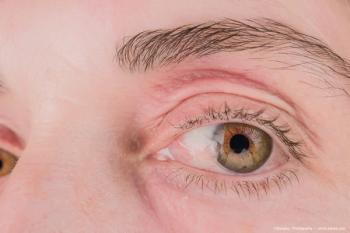
Aerie initiates phase IIb glaucoma treatment study
Aerie Pharmaceuticals Inc. has announced dosing of the first patients enrolled in its phase IIb study of PG324, a novel fixed-combination treatment for glaucoma or ocular hypertension.
Bedminster, NJ-Aerie Pharmaceuticals Inc. has announced dosing of the first patients enrolled in its phase IIb study of PG324, a novel fixed-combination treatment for glaucoma or ocular hypertension.
The fixed-combination includes Aerie’s AR-13324 and the prostaglandin analogue, latanoprost.
The 28-day phase IIb clinical trial is expected to enroll about 300 patients with glaucoma or ocular hypertension, and will compare two concentrations of PG324 with latanoprost and AR-13324, all dosed once daily.
The efficacy endpoint will be superiority of PG324 to each of its components, as measured by the lowering of mean diurnal IOP on day 28 compared to baseline.
Topline results of the trial are currently expected in mid-2014.
If approved, Aerie said that it believes the treatment would be the first glaucoma product to lower IOP through potentially four mechanisms of action: increasing fluid outflow through the trabecular pathway or primary drain, increasing fluid outflow through the uveoscleral pathway or secondary drain, reducing fluid production in the eye, and potentially also lowering epscleral venous pressure.
The company said it further believes that the treatment, if approved, would be the only glaucoma product that covers the full spectrum of these IOP-lowering mechanisms, thereby providing a greater IOP-lowering effect than any current approved glaucoma product.
“Aerie has been at the forefront of understanding the unmet needs in glaucoma and exploring new mechanisms of action to effect greater reductions in IOP, which ultimately can help protect and maintain patients’ vision,” said Vicente Anido, PhD, chairman and chief executive officer at Aerie. “Looking forward, we have an aggressive development timeline, with the expectation that in the next 18 months-in addition to reporting the results of our (phase IIb) trial-we will also report phase III efficacy data from (this) program and will have achieved phase III readiness for (the treatment).
“With full ownership of these novel products-including IP protection that runs through at least 2030-we are in a very strong position to maximize the value of these programs and further advance toward potential regulatory review and commercialization,” he continued.
For more articles in this issue of Ophthalmology Times eReport, click here.
To receive weekly clinical news and updates in ophthalmology,
Newsletter
Don’t miss out—get Ophthalmology Times updates on the latest clinical advancements and expert interviews, straight to your inbox.













































.png)


